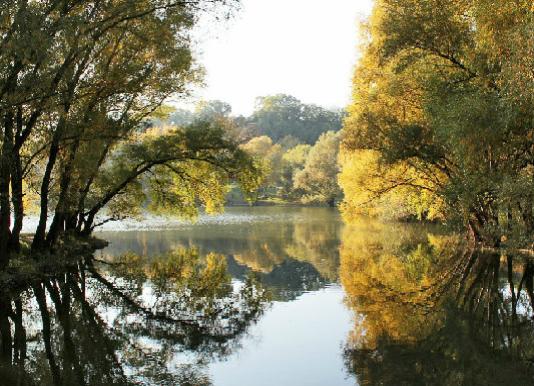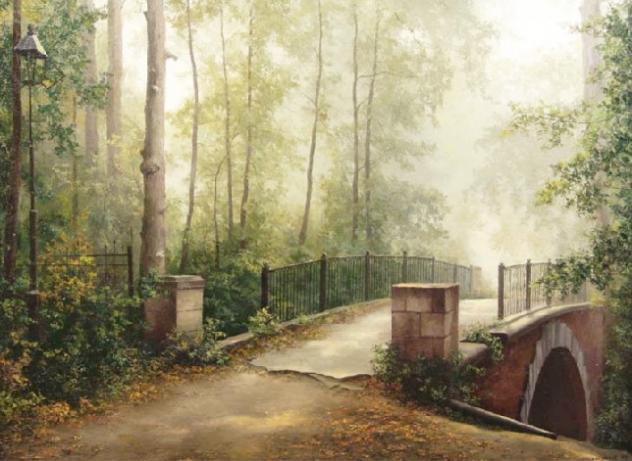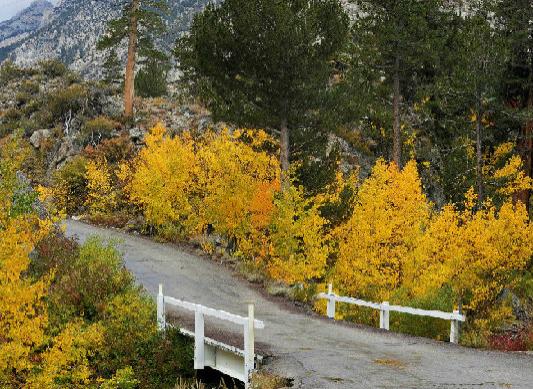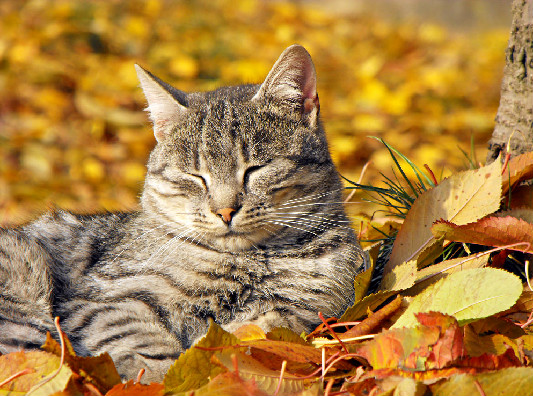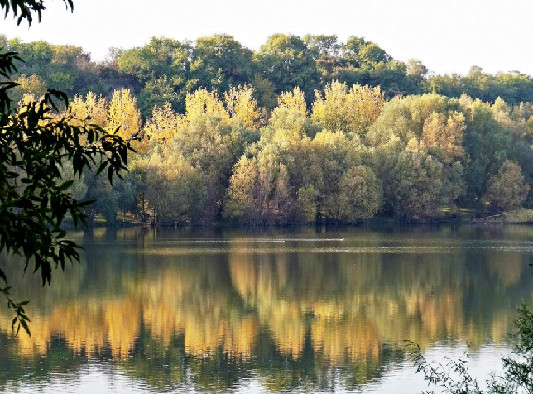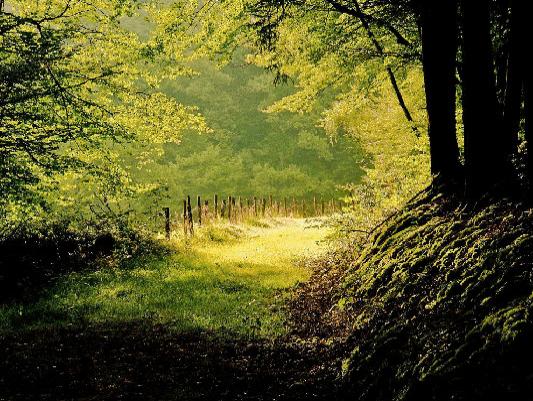
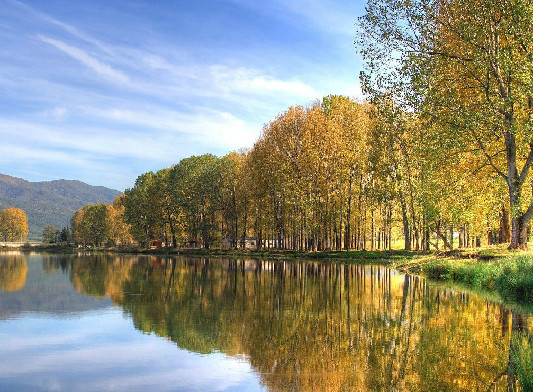
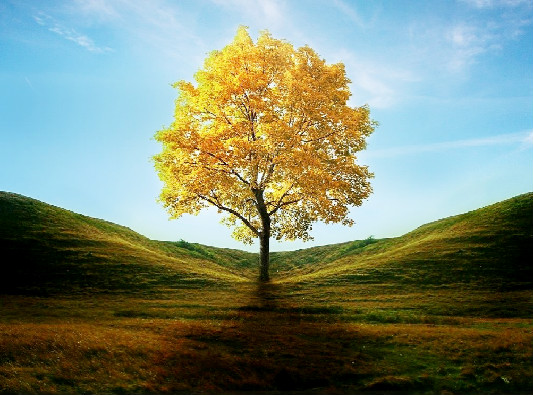
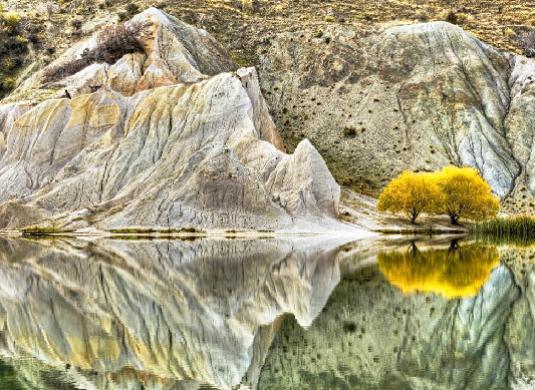
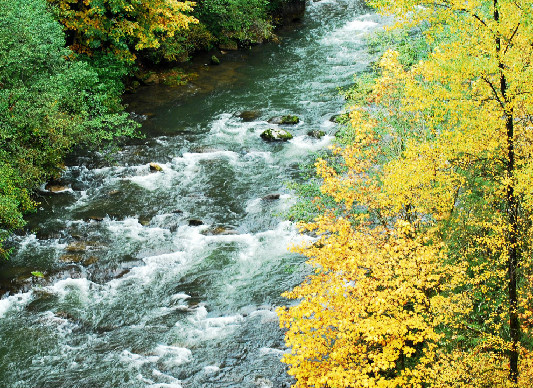
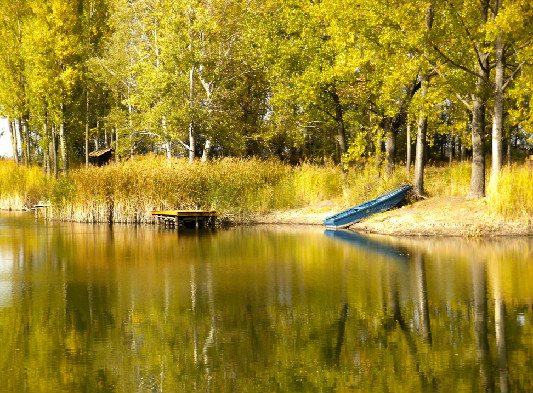
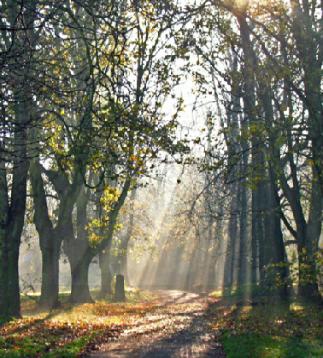
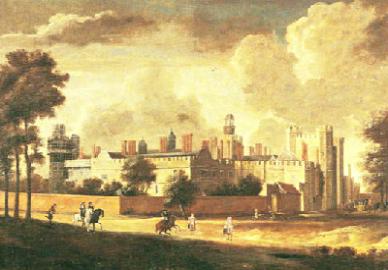
| Please don't use the "Send page" feature of your computer to send this entire page in an e-mail message, document or pdf format. This distorts the layout and separates the page from its source. If you'd like to share it, please just send the link. The link to this page is: http://www.thepastwhispers.com/September.html |
| Music: Ashokan Farewell Whispers Old New Orleans Friday's Journal |
| Photos on this page, other than those of Nonsuch Palace, are courtesy of Kepguru; Nonsuch photos are courtesy of GeographBritain, EwellProbusClub, CouncilforBritishArchaeology, DailyMailUK |
| September's Colors |
| September's colors are softer than October's - when bright gold and deep crimson erupt over the landscape. When I think of September, I think of soft yellows and soothing greens - subtle colors for a gentle transition from Summer to Fall. |
| The photos on this page - with the exception of the images of Nonsuch Palace - were all taken in the month of September. Most of them are from Canada, France, the U. S. and Hungary. |
| I devote the month of October to Autumn pages, but I thought that, just this once, September's softer, gentler colors deserved a page of their very own. -- Nancy |
| Try to remember the kind of September When life was slow and oh so mellow; Try to remember the kind of September When grass was green and grain was yellow; Try to remember - and if you remember - Then follow...follow...follow. -- Harvey Schmidt |
| There's a golden slant of morning so lovely to behold that, when it comes, the landscape stops to listen and the shadows hold their breath. -- Emily Dickinson |
| September is the most beautiful of words, evoking golden flowers...noisy robins...sad regret. -- Alexander Theroux |
| Smoke hangs like haze over harvested fields, The gold of stubble, the brown of turned earth, The scent of fallen apples, The dust of threshed grain, The gentle, special light of September. -- Author Unknown |
| In September, the days are polished with a soft morning haze unlike any other month of the year. -- John Updike |
| Two roads diverged in a yellow wood, And sorry I could not travel both And be one traveler, long I stood And looked down one as far as I could To where it bent in the undergrowth; |
| Then took the other, as just as fair, And having perhaps the better claim Because it was grassy and wanted wear, Though, as for that the passing there Had worn them really about the same, |
| And both that morning equally lay In leaves no step had trodden black. Oh, I marked the first for another day. Yet knowing how way leads on to way, I doubted if I should ever come back. |
| I shall be telling this with a sigh Somewhere ages and ages hence; Two roads diverged in a wood, and I, I took the one less traveled by, And that has made all the difference. -- Robert Frost |
| The Lost Palace of Nonsuch |
| I first heard of Nonsuch when I was looking for September photos and ran across the image on the left, below. The description read, "A marker indicates one of the boundaries of the lost palace of Nonsuch." Who could resist finding out more about a palace with such an intriguing name? |
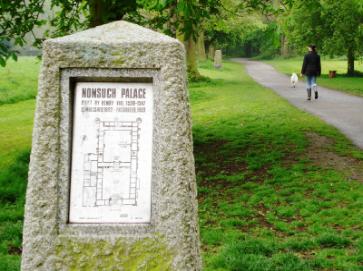
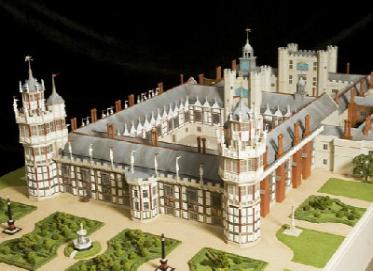
| Above, an 18th century artist's depiction of Nonsuch. Photos below the text: left, marker with diagram of the palace; right, a recent model of the palace based on archaeological excavations. |
| Nonsuch palace was located in the county of Surrey, England. It was the desire of King Henry VIII to build a palace that would rival France's Chateau de Chambord. Built on the site of the village of Cuddington - which Henry ordered entirely demolished to make way for it - it was the most luxurious of all of his palaces. The name "Nonsuch" referred to the idea that there was no castle anywhere to equal it. Construction began in 1538 and it was completed in 1556. |
| It was Henry's hope and assumption that his masterpiece would endure through the ages, but that was not to be the case. The palace was in and out of royal hands until 1670, when King Charles II deeded it to the Countess of Castlemaine, making her the Baroness of Nonsuch. The Baroness found herself in the embarrassing position of requiring funds and, in 1682, started dismantling the magnificent palace to sell the materials for money to pay off her gambling debts. |
| Nothing like Nonsuch had ever been seen in England before, it was work of the highest quality and on an immense scale. But, by 1690, the marvel of King Henry's reign was all but gone. Only a few drawings had been made of the castle during its existence and a few paintings in the years after its disappearance. Soon, it began to pass into the realm of myth. Eventually, debates arose as to whether it ever existed. People compared it to the legend (or, is it?) of King Arthur's Camelot. |
| That changed in 1959, when a local historian, John Dent, and a student at Pembroke College, Martin Biddle, launched an excavation in search of the lost palace of Nonsuch. The excavation exceeded their best hopes and became so successful that it attracted thousands of visitors. The team not only verified the existence of Nonsuch, but contributed enormously to documentation of its design. What's left of Henry's estate is now a public park, known as Nonsuch Park. -- Nancy |
| King Henry VIII inherited 1,250,000 pounds from his famously frugal father (today: 375 million pounds/492 million dollars). But he didn't inherit his father's thrift. He lived extravagantly - during his reign, he had 43 palaces constructed. What wasn't used in building palaces and in day-to-day luxurious living, went toward gambling. He ended his life heavily in debt. He died before the palace of Nonsuch was completed. |
